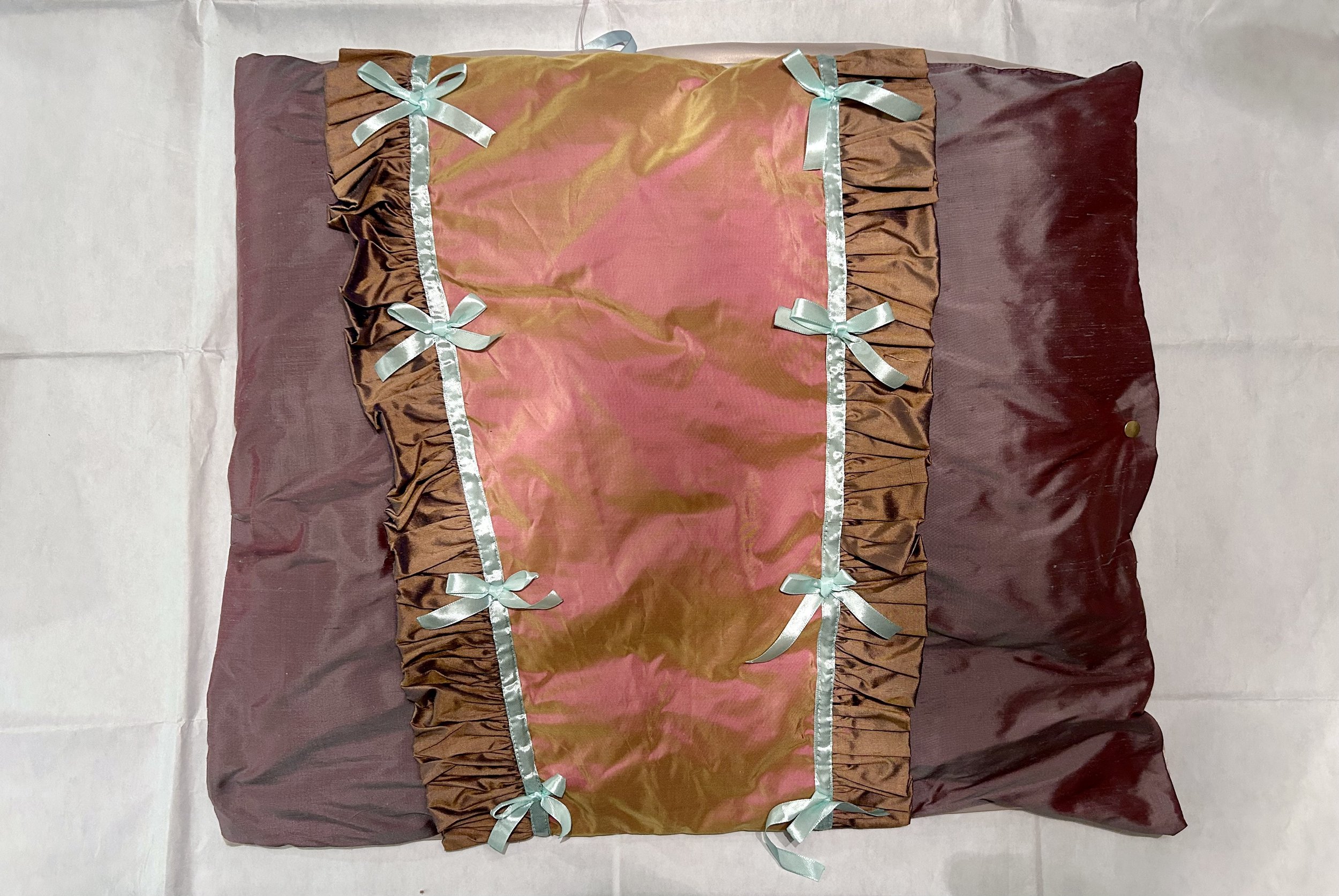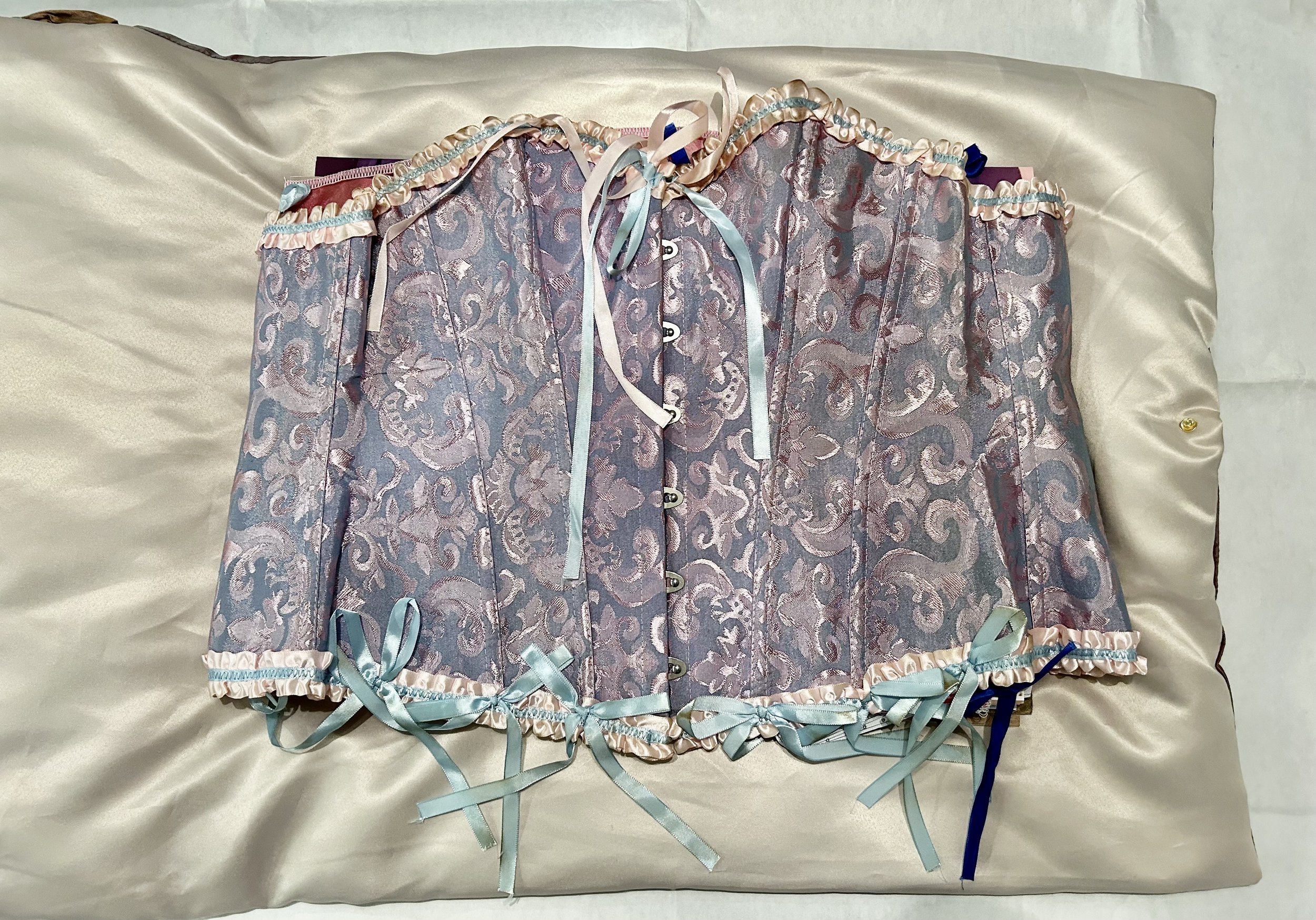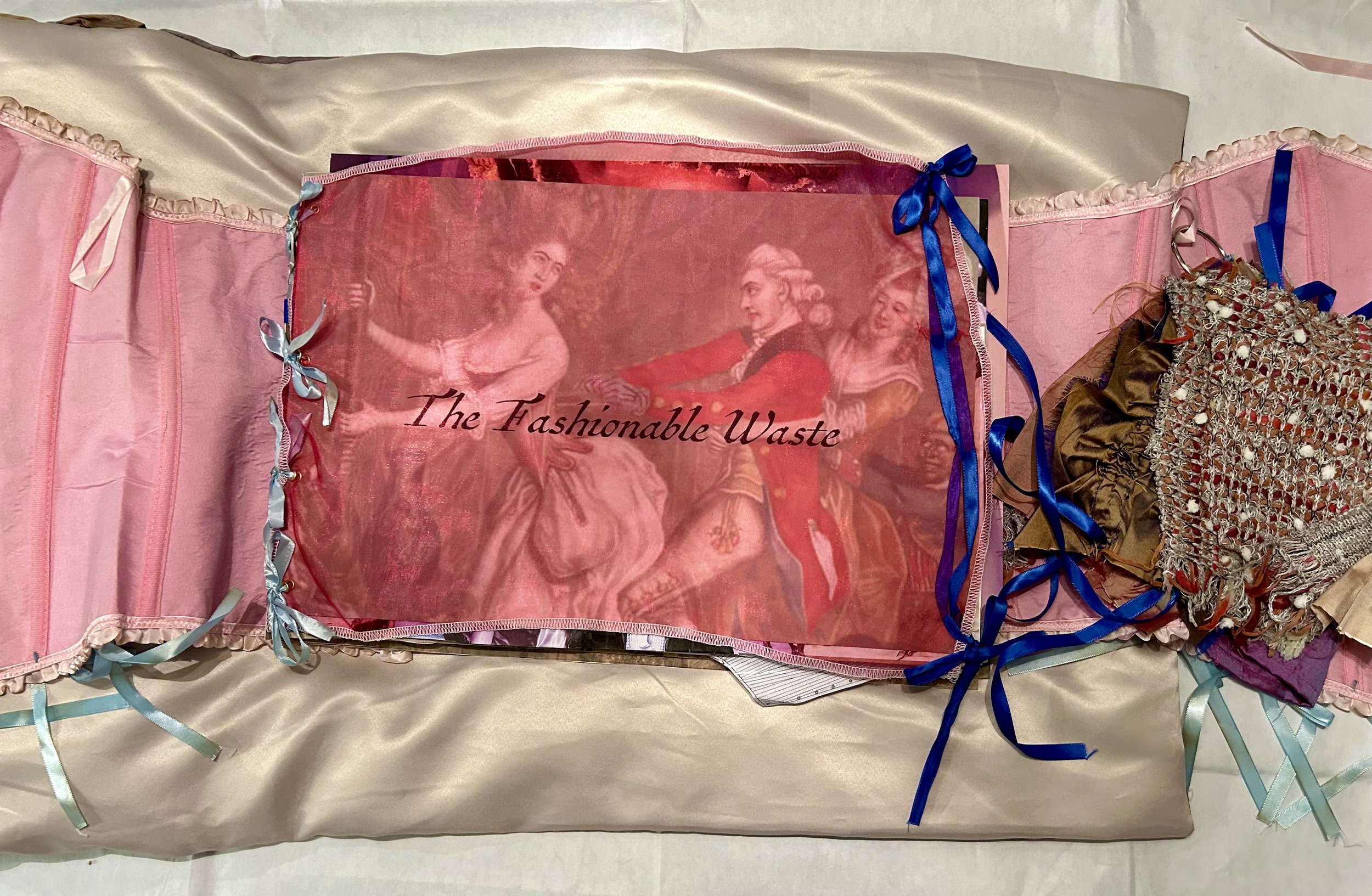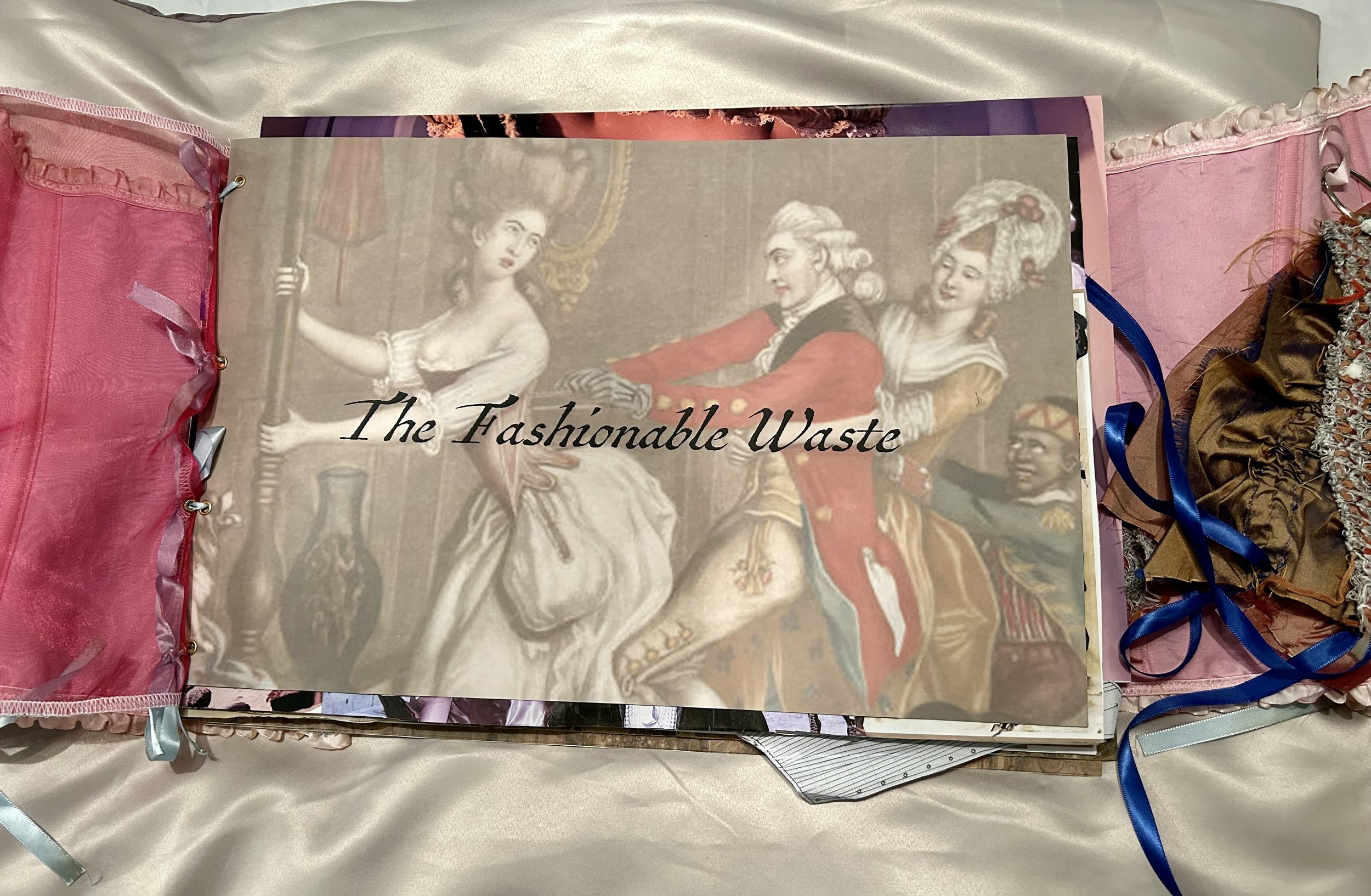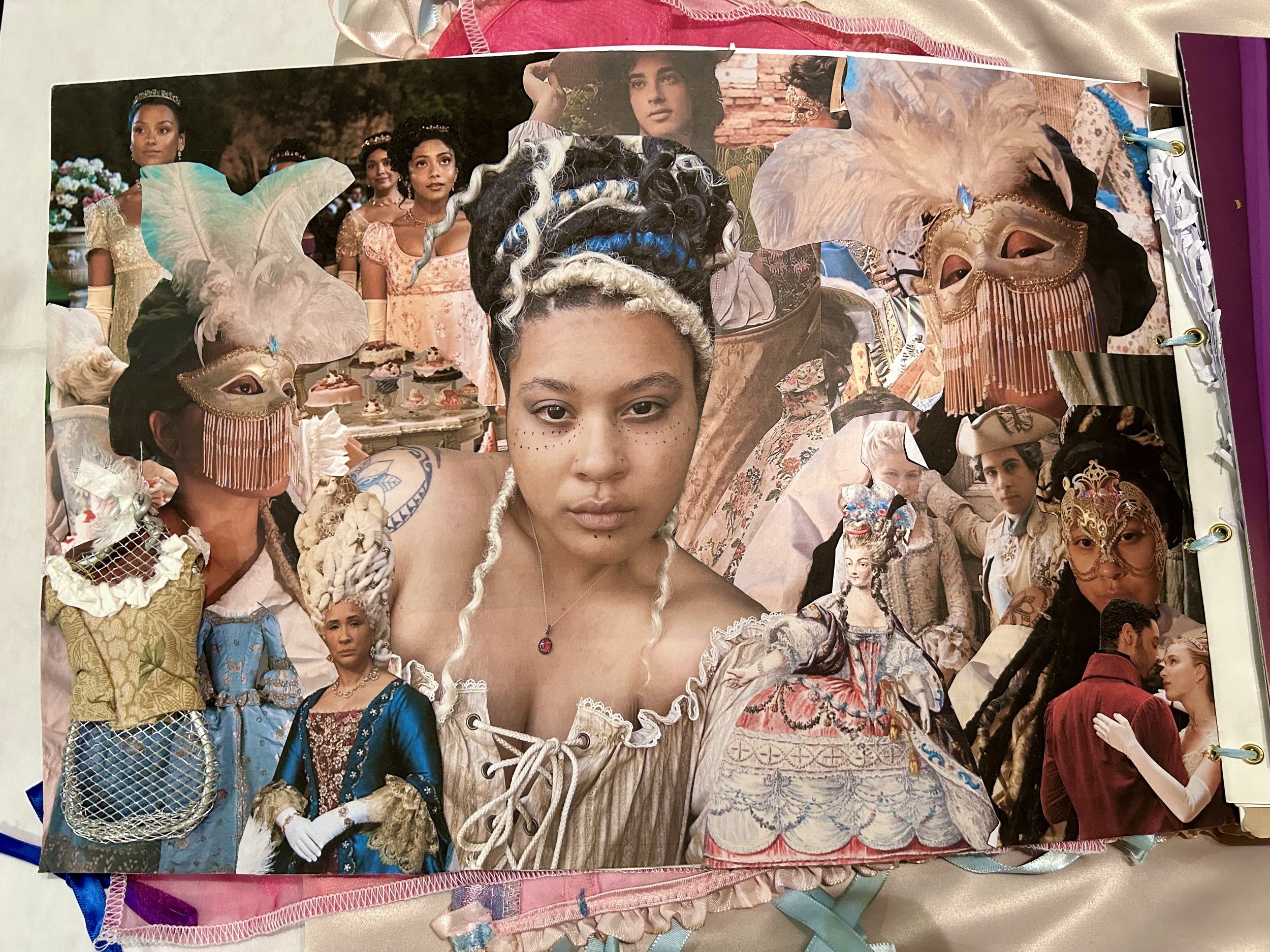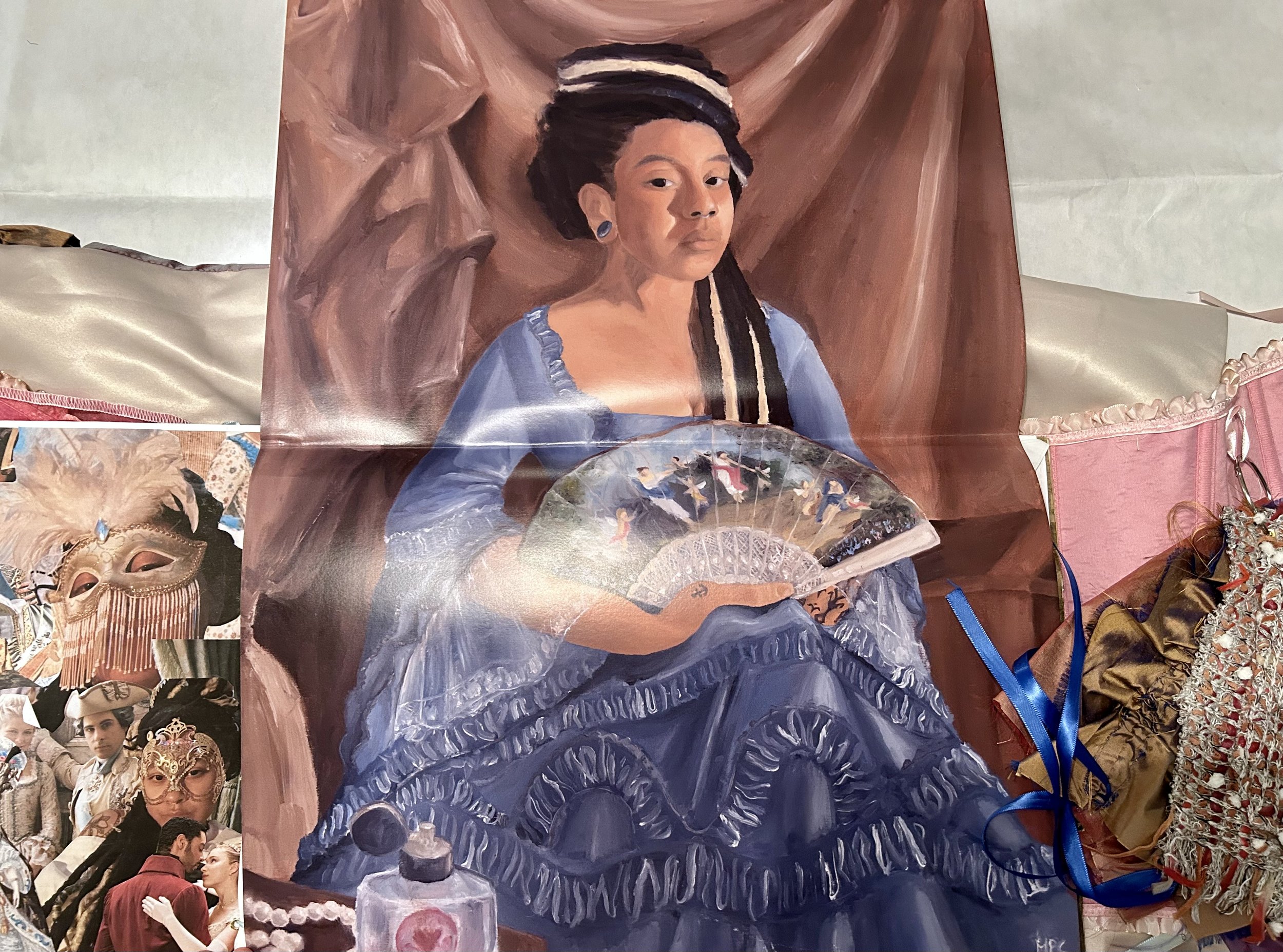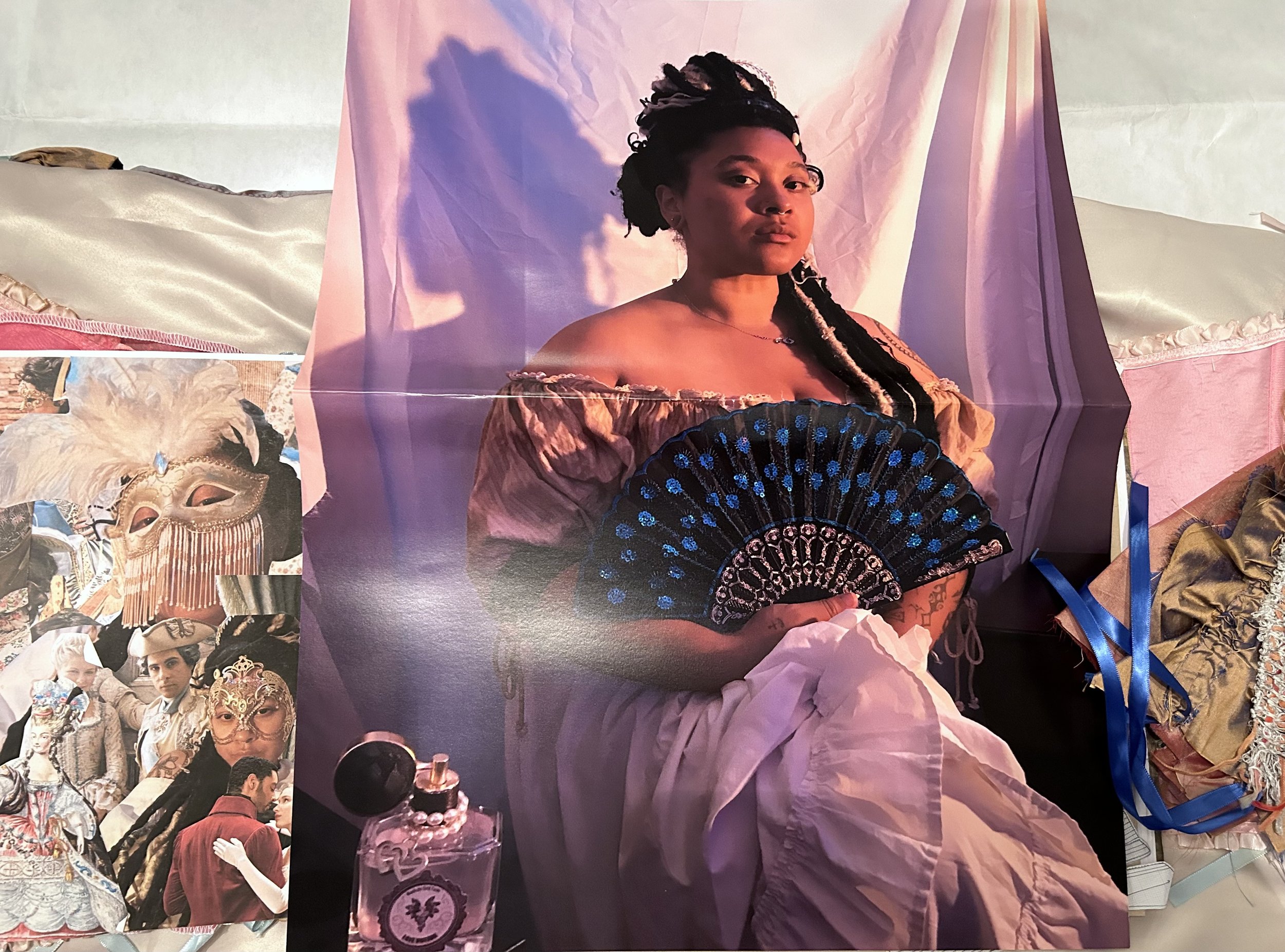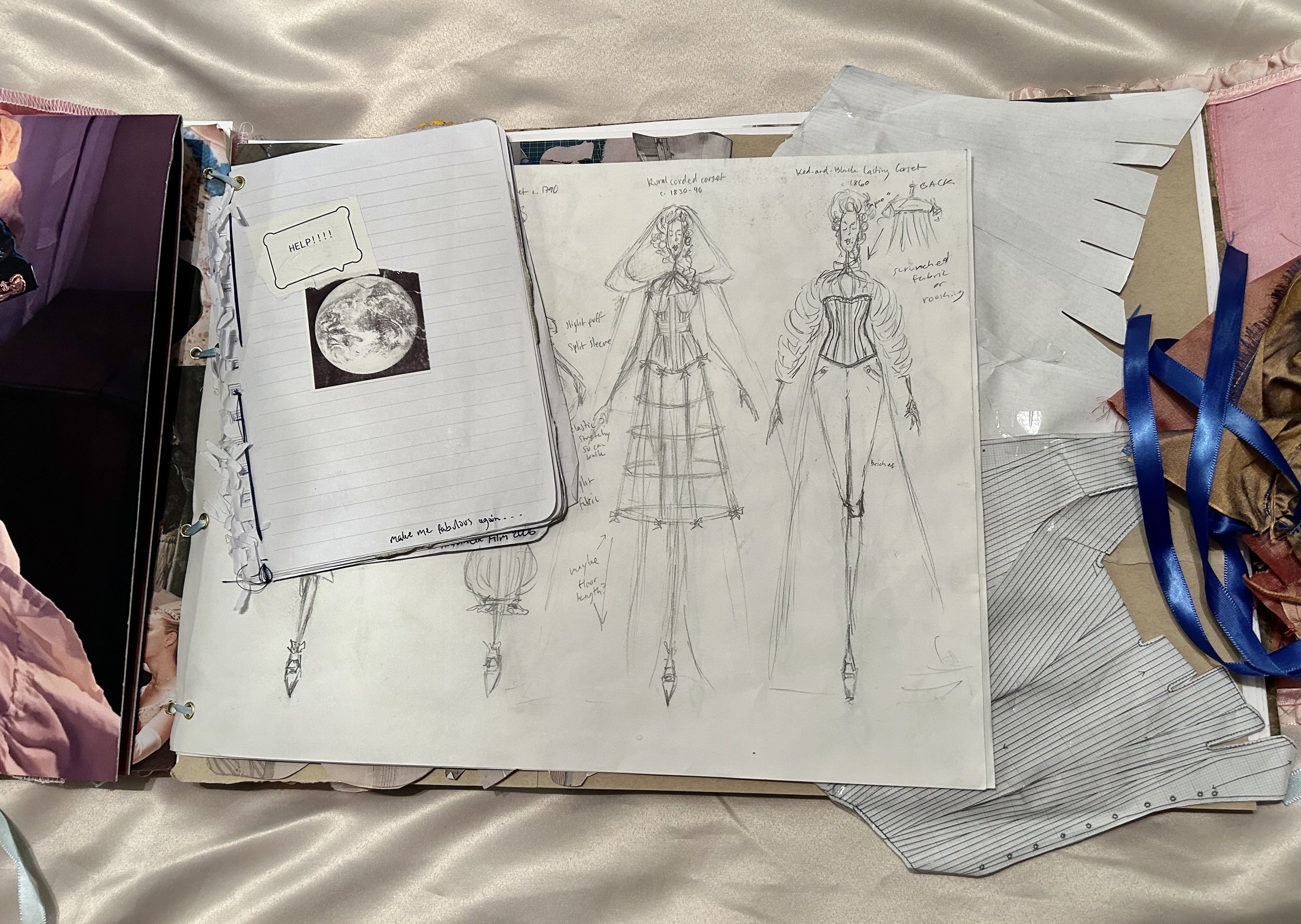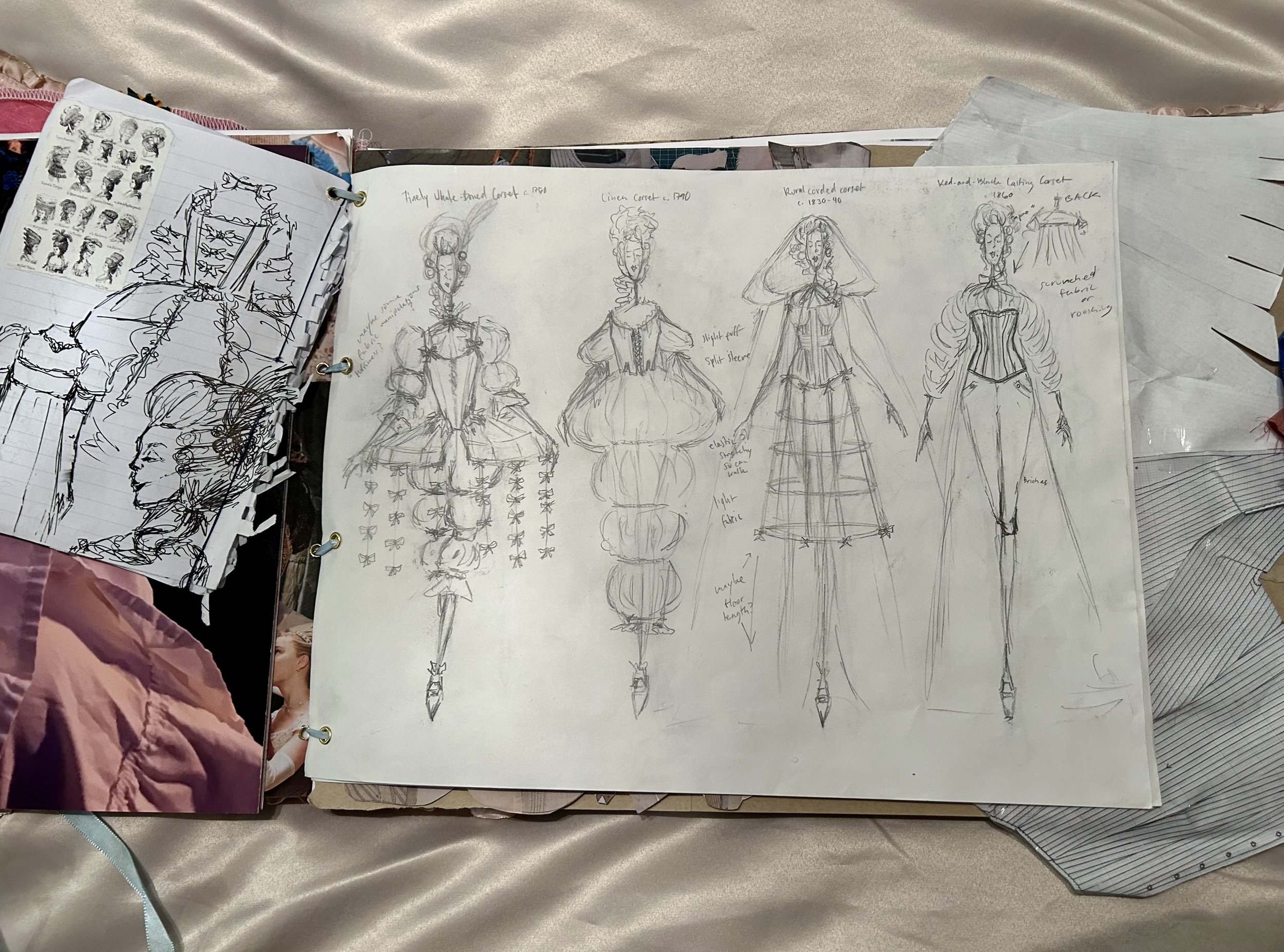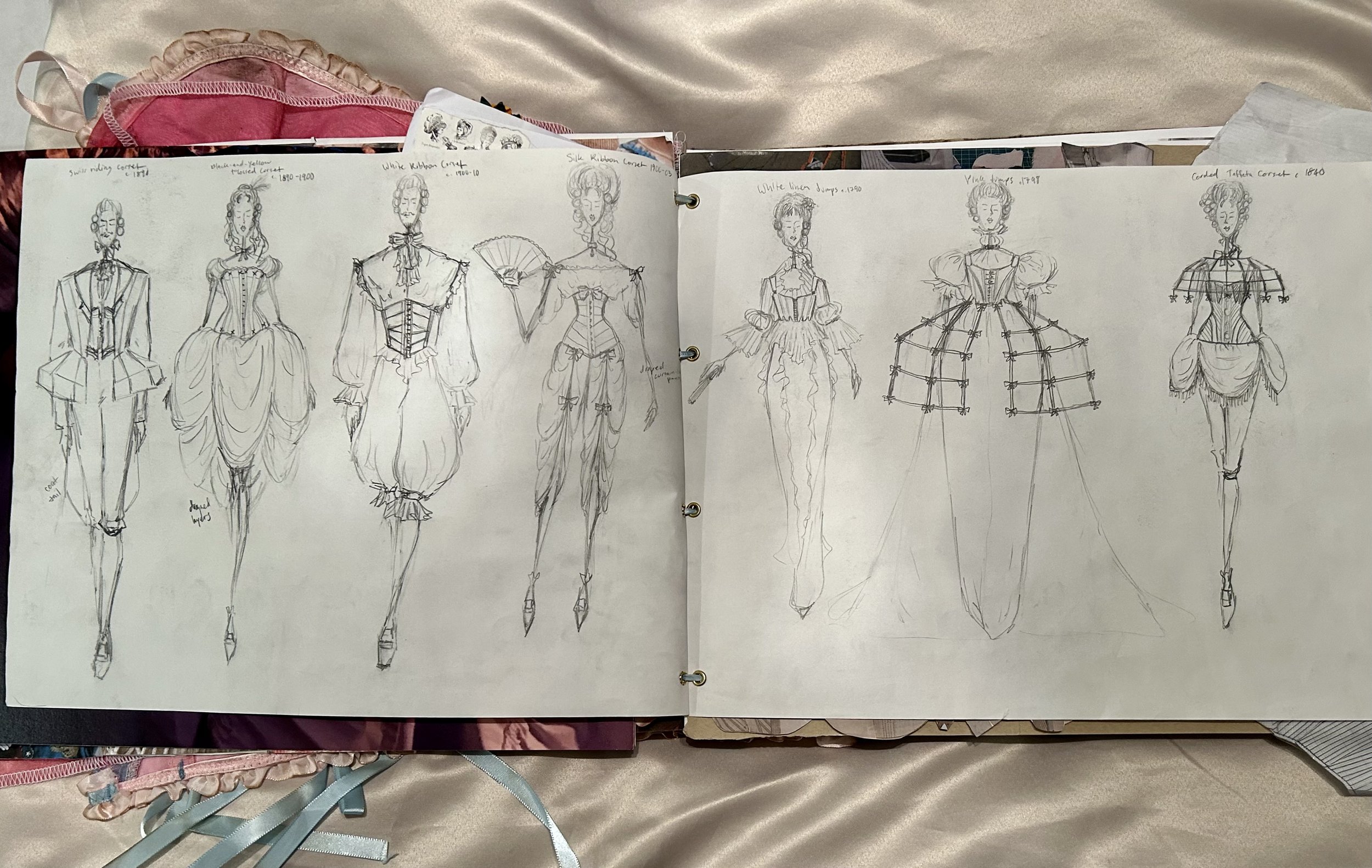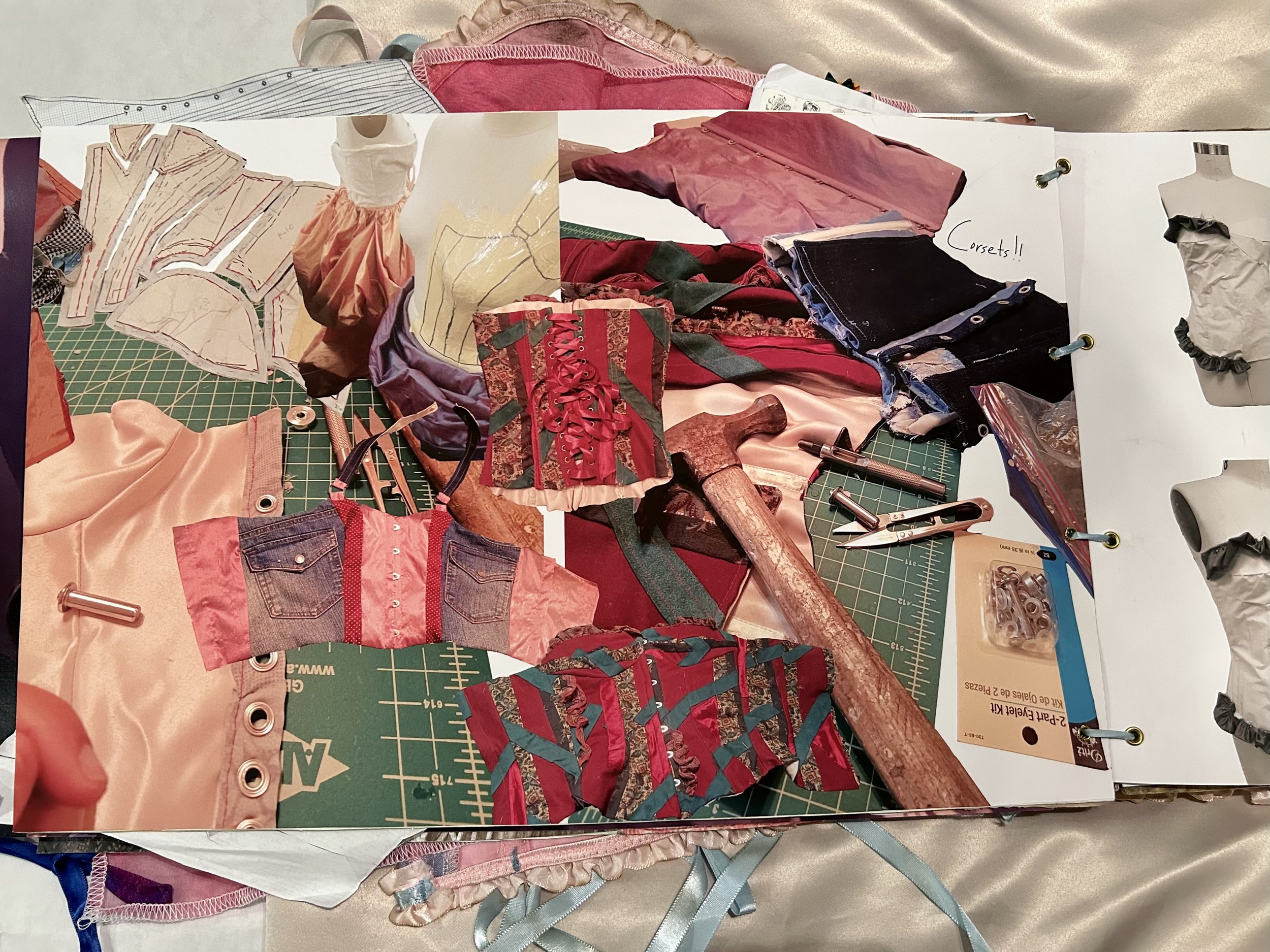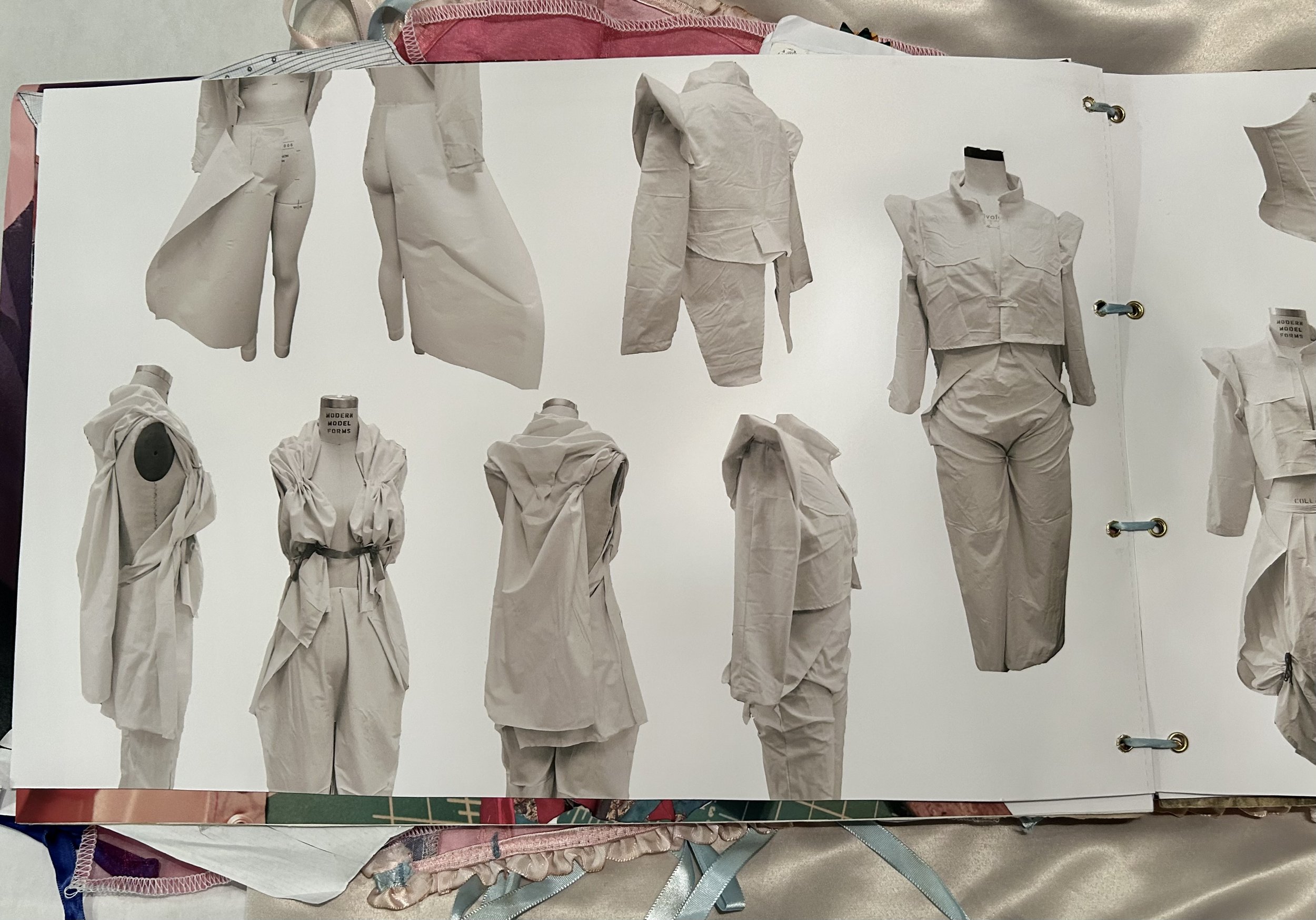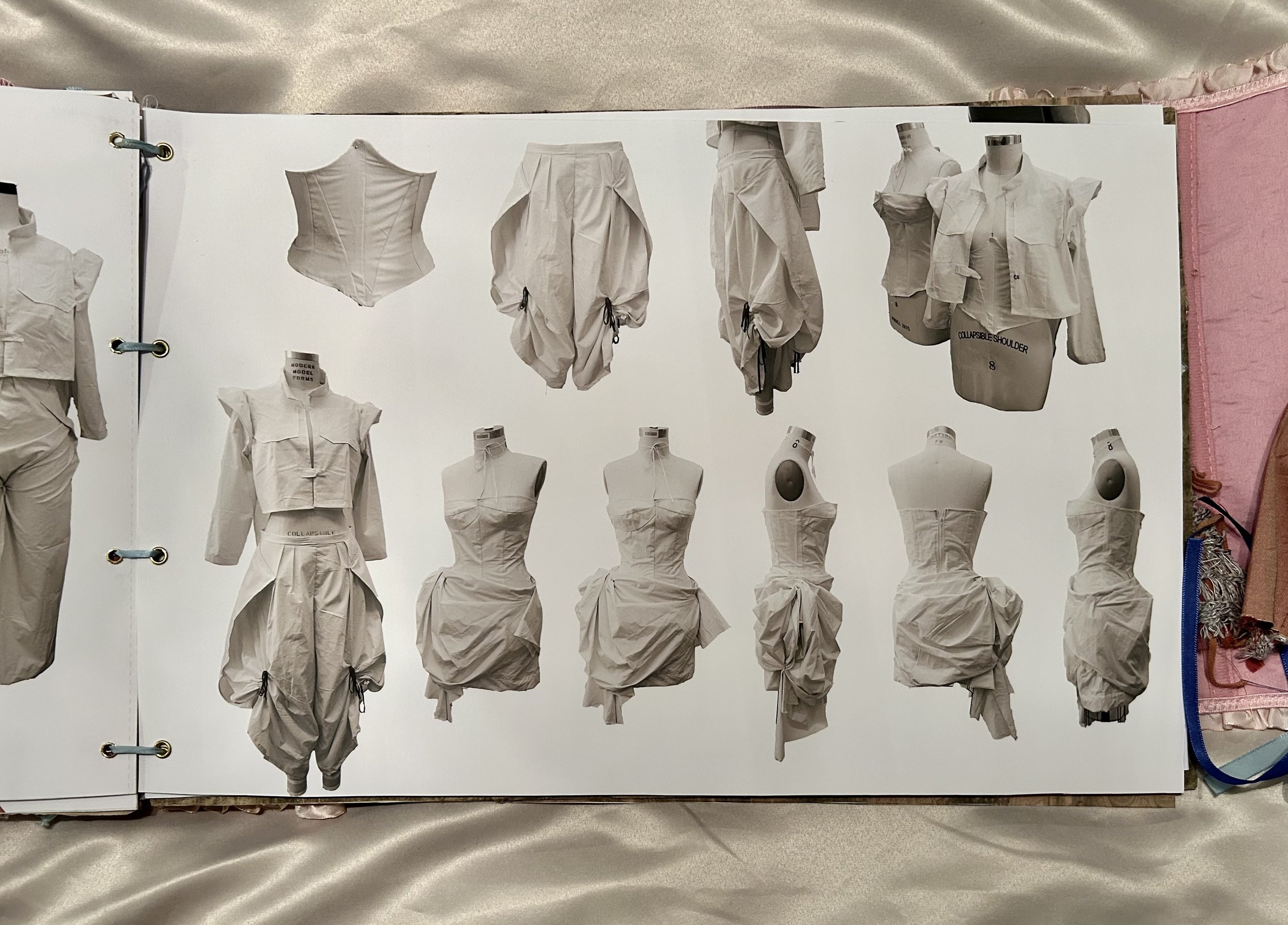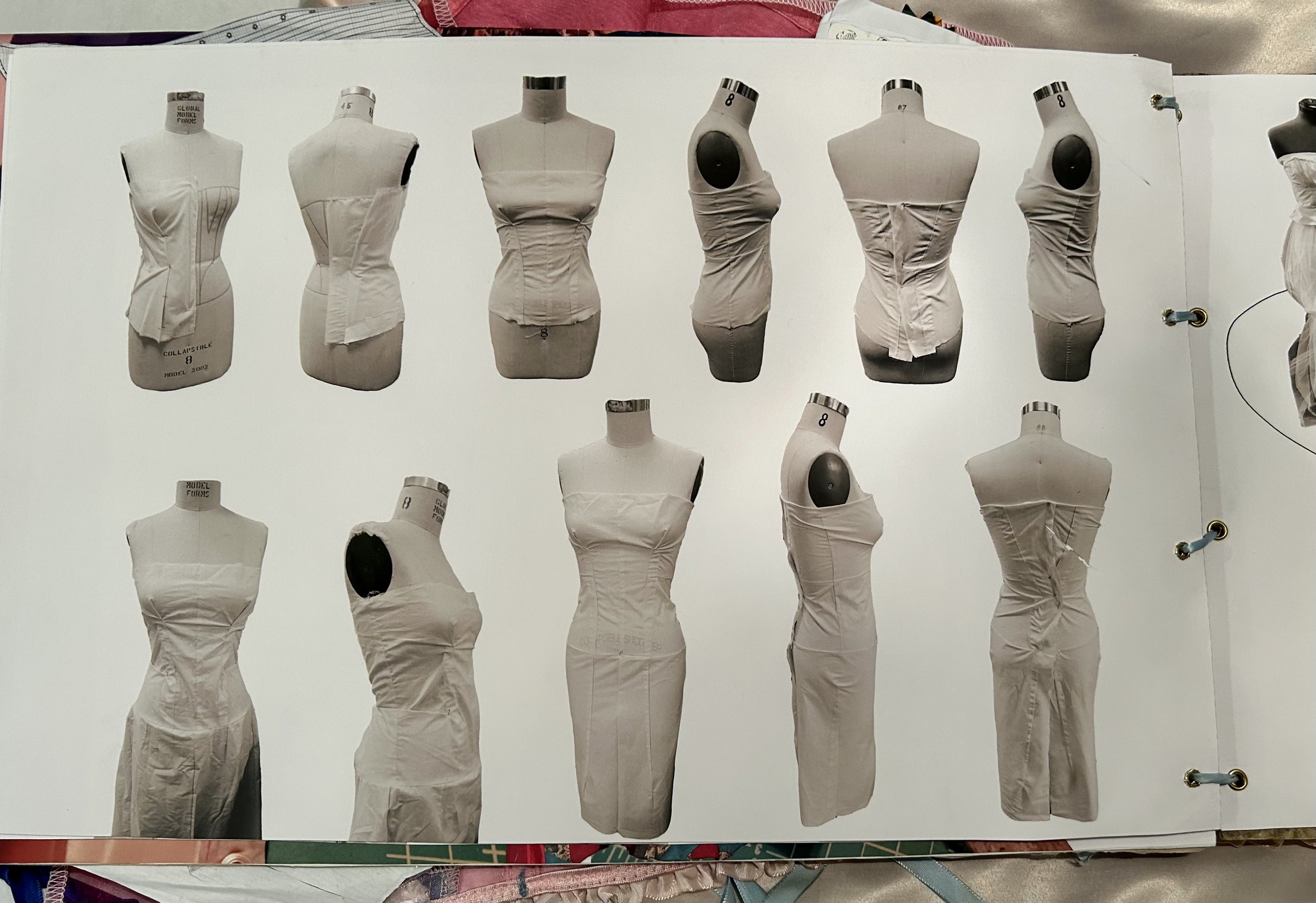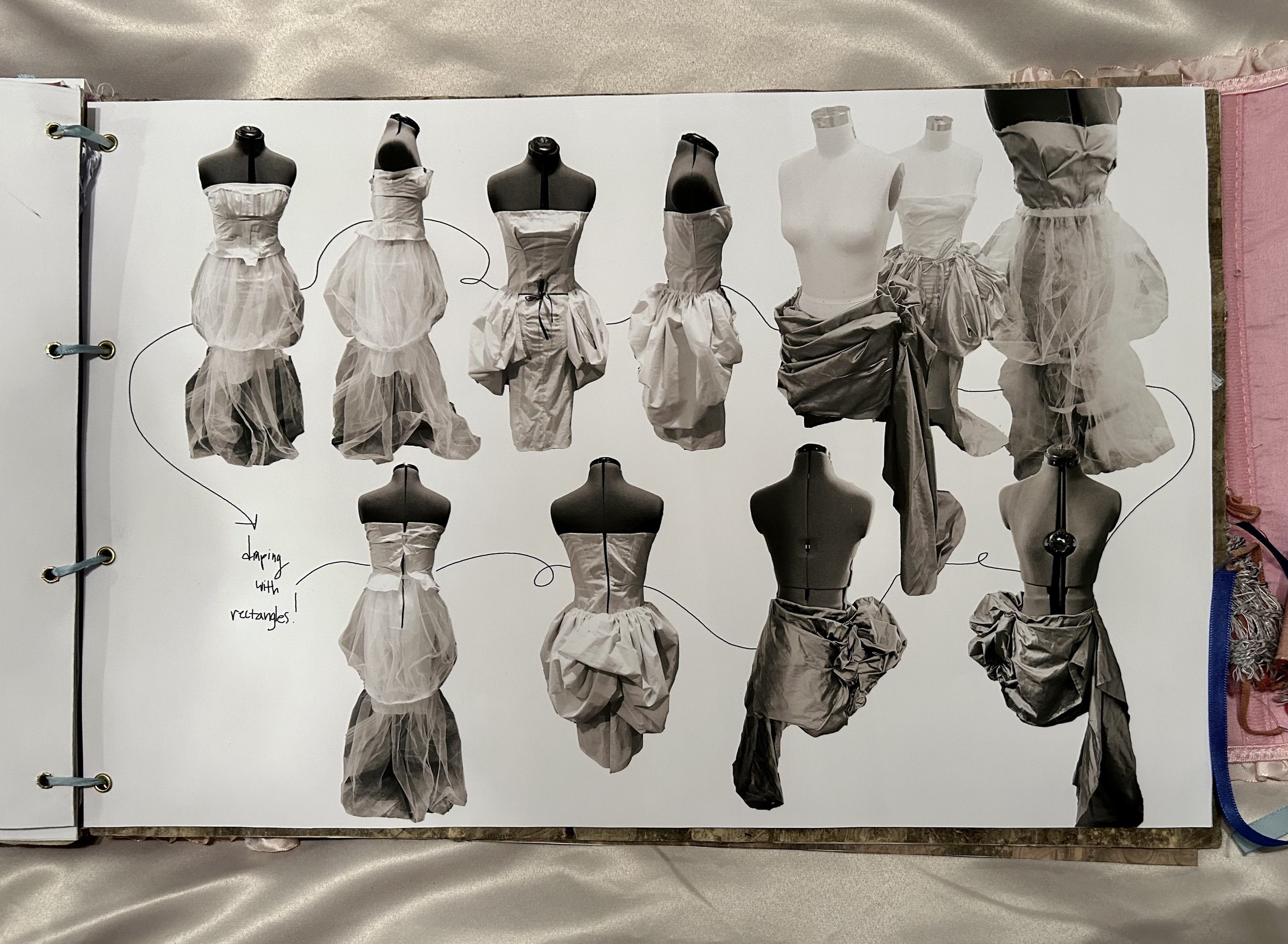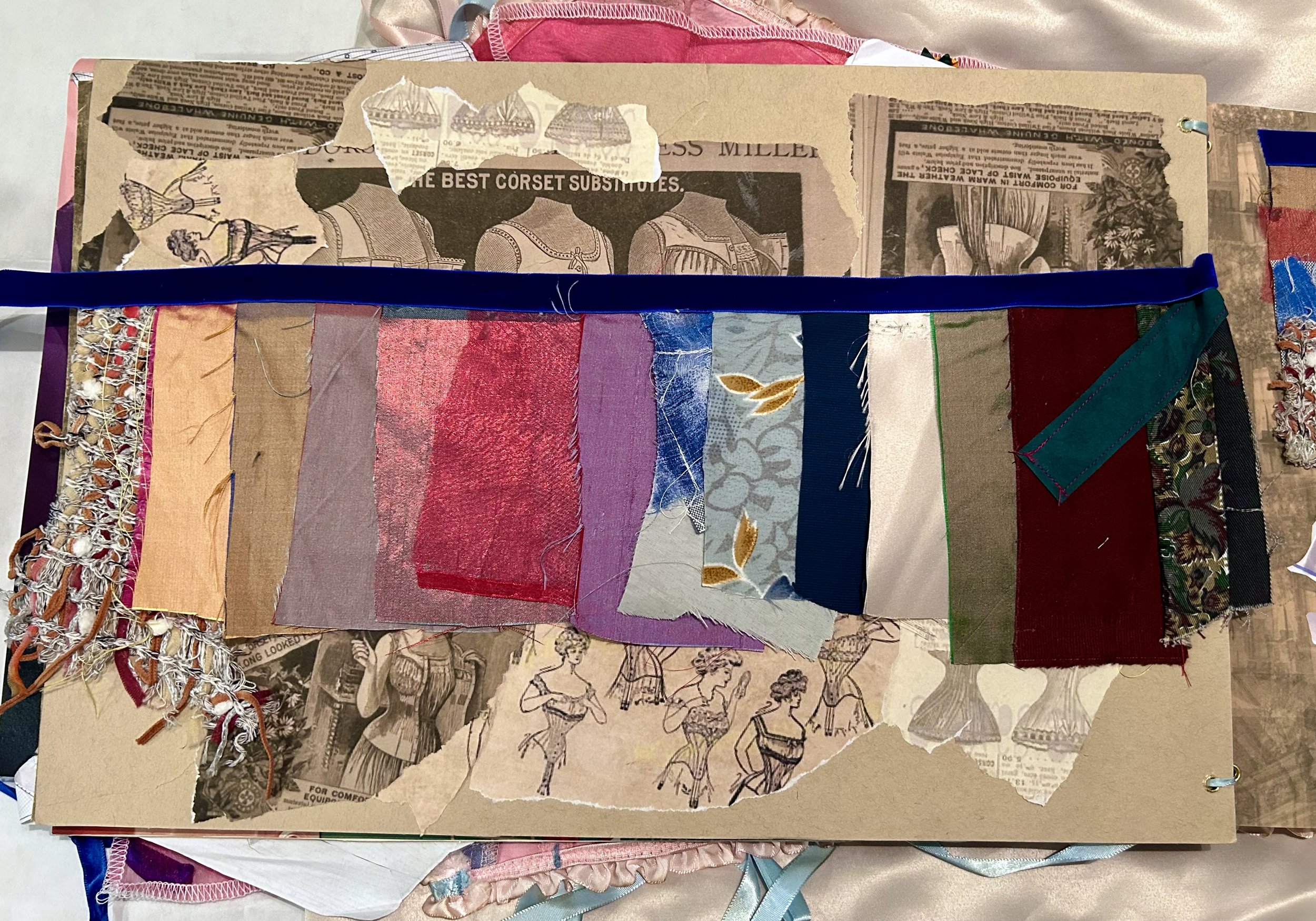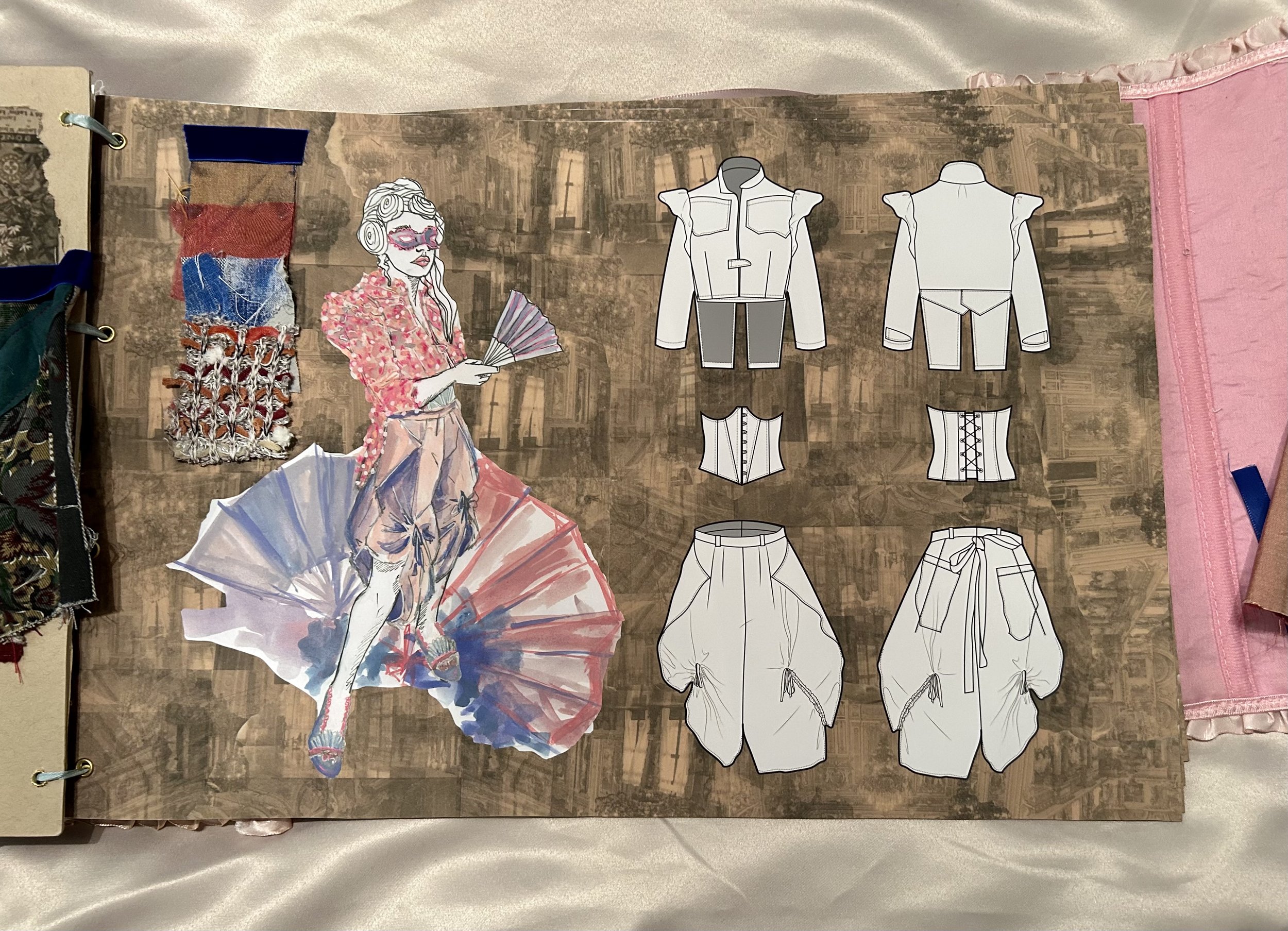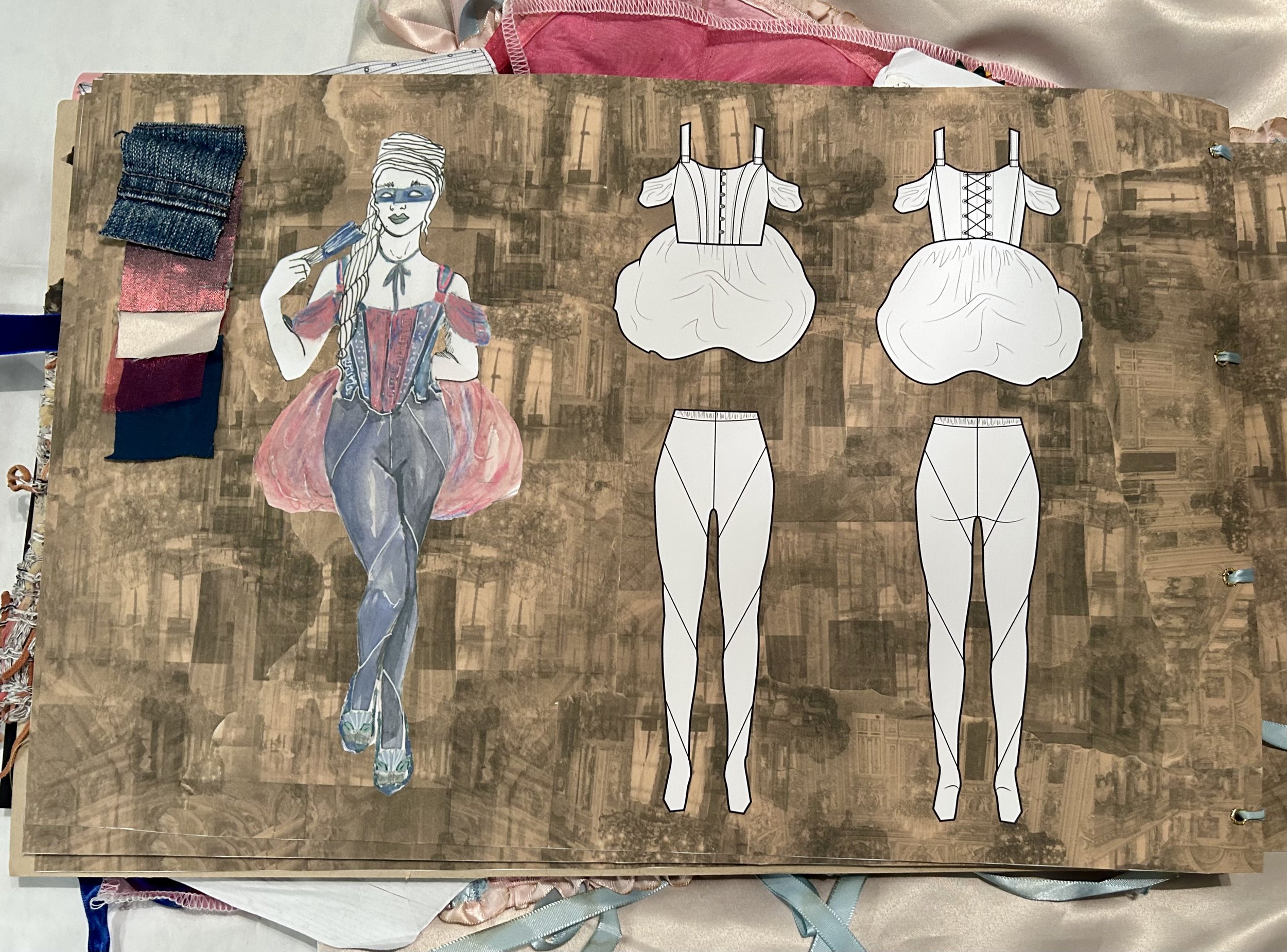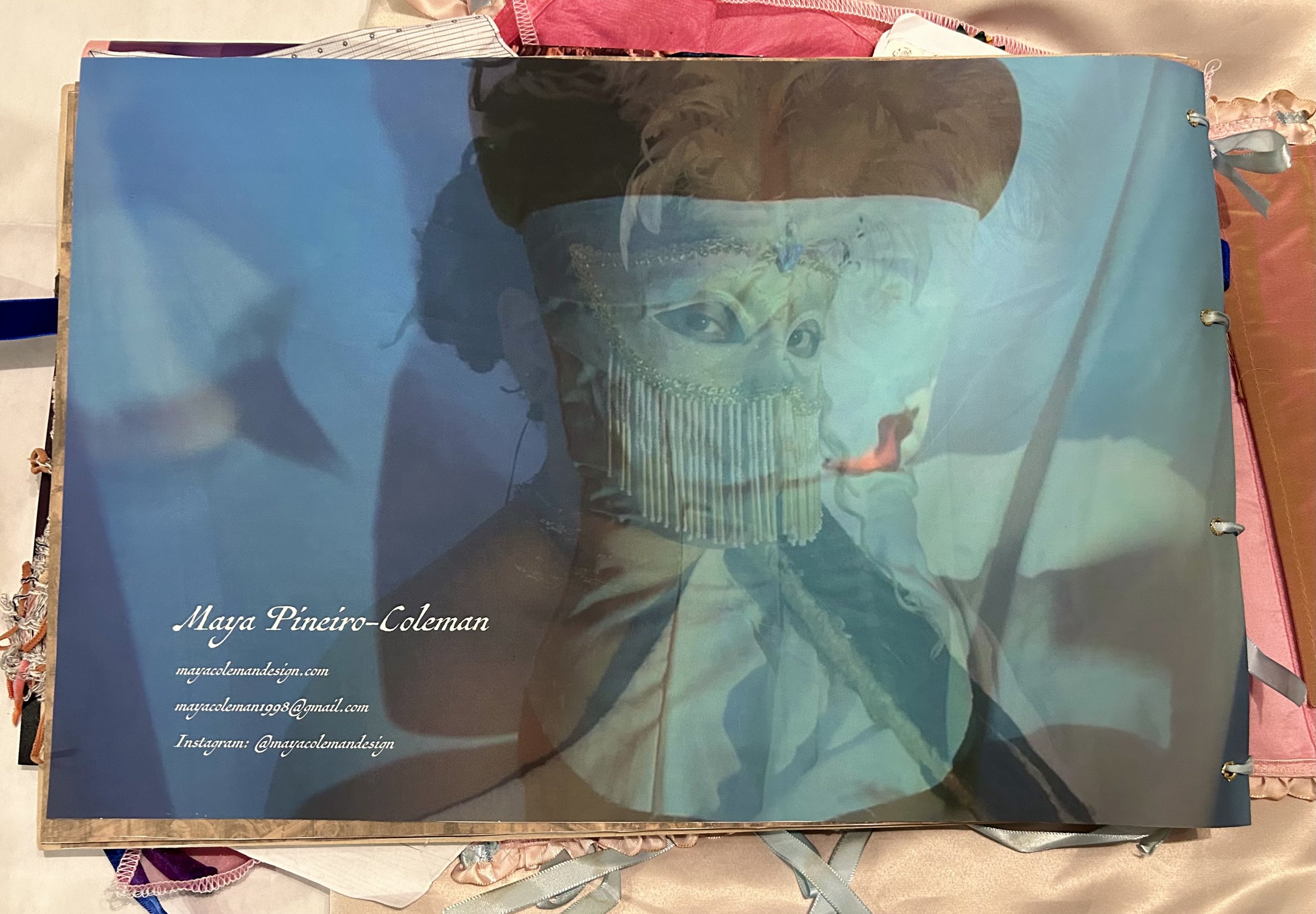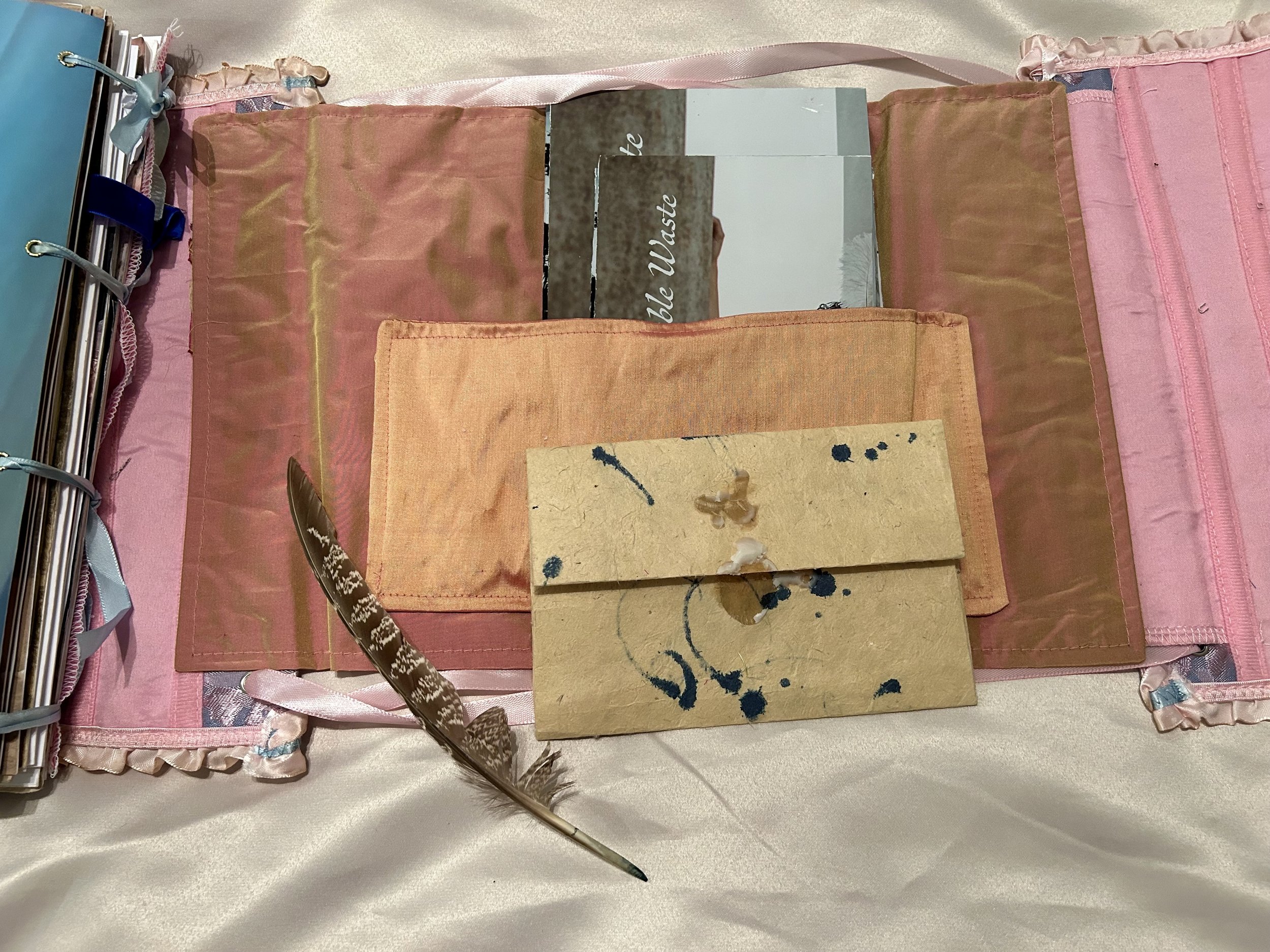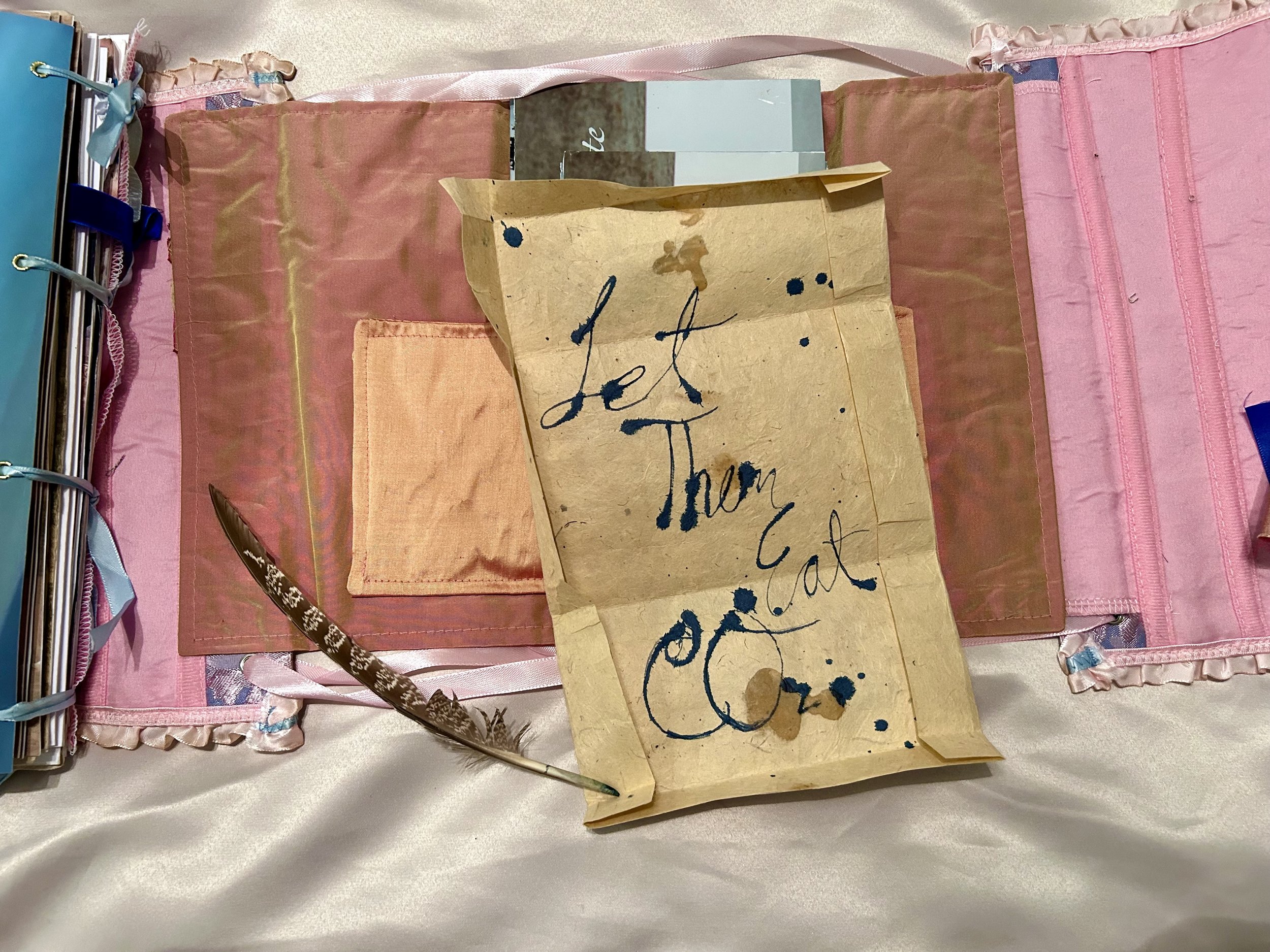It is said that those who cut off the head of Marie Antoinette could have been wearing her clothes. In those days, when the Dauphine of France was finished with a dress, she would pass it down to her ladies in waiting, and they would continue to pass them down the line until they reached the common folk. She may not have been the best queen, but she was sustainable at least clothing wise. Each time a dress was passed along, it would be altered or changed in some way. I want to play on that idea. An interesting challenge would be to open new doors to the world of sustainable fashion by pushing the boundaries of zero-waste garment design. I am in the process of further proving and pushing the idea that wearing clothing that is mindful of the environment does not have to look like you are wearing plastic bottles, or wearing a box. Zero-waste fashion design can be just as whimsical and glamorous as the “normal” garments if not more. I want the person wearing my garments to feel like they are red carpet ready while still being mindful of the environment.
The corset is an iconic historical garment and yet is still very relevant in fashion today. The garment so perfectly depicts the phrase, “beauty is pain.” This famous saying actually comes from a French saying, “Il faut souffrir pour être belle,” that translates to, “one must suffer to be beautiful.” In retrospect, it sounds silly that one has to suffer, but people, women in particular, have been suffering in the name of beauty for centuries. The tale of the “fashionable waist” is a long one, dating all the way back to 1550. The first corsets were made out of rigid materials such as whalebone, horn, and buckram. The corset has since been an essential element of fashionable dress for 400 years (The Corset, Steele 2001). However, in today’s industry, I have yet to come across a sustainably-made corset.
Fashion of the 17th-18th Century has always intrigued me. Historical garments allow me to time travel, and I get to admire the tailoring and detail that went into creating these works of art for living in. The person was an empty canvas, the imported textiles and trims were the paint. From the wide crinoline skirts to the powdered wigs, one had to go through an elaborate ceremony just to get dressed every morning.
Why?
We are so used to seeing these types of garments made using layers upon layers of fabric. I would love to honor the historical aesthetic and evolve it to be relevant today, using sustainable, zero-waste patterning methods and upcycling techniques.
